On September 27, foreign journalists from more than 60 countries were invited by the Foreign Affairs Office of the People's Government of Beijing Municipality, Beijing State-Owned Assets Management Co., Ltd., and Chaoyang District to visit the "Water Cube" and "Ice Ribbon" to explore the sustainable use of Beijing's Olympic venues and to experience the integrated development of sports, culture and technology.
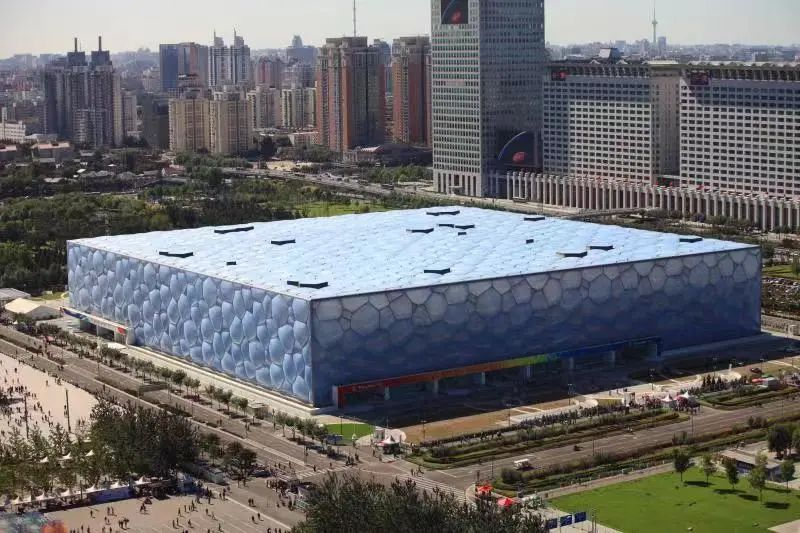
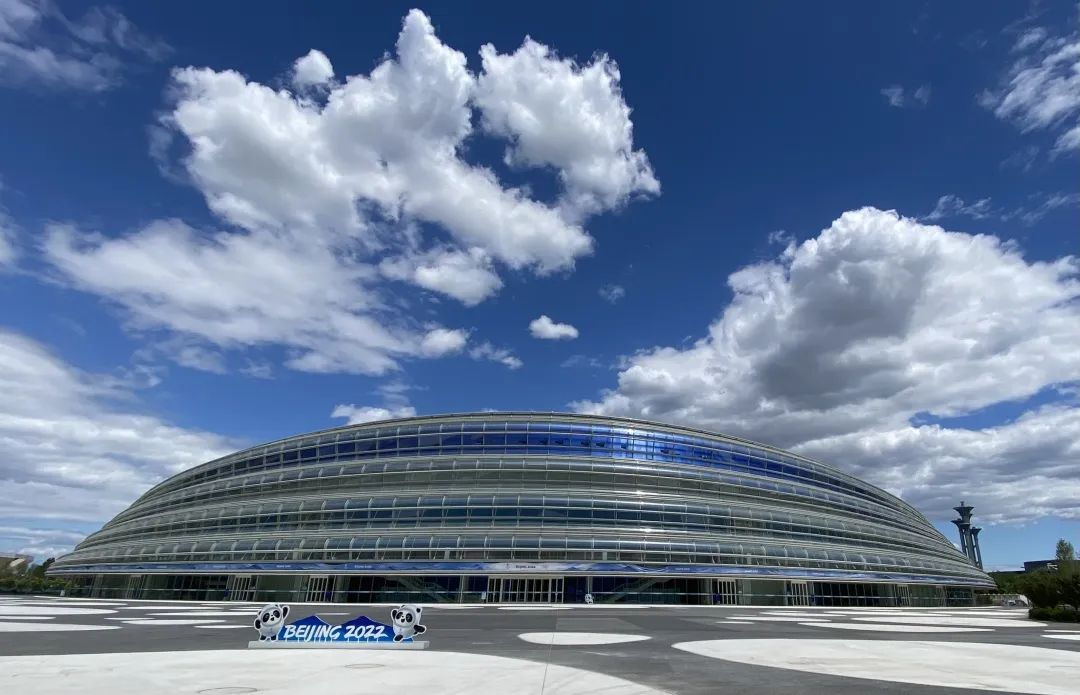
Beijing National Aquatics Centre, also known as the "Water Cube", attracted the attention of the world during the 2008 Olympic Games. Thanks to high technology, the Water Cube was renovated into the "Ice Cube" and realized the reuse by the "water-to-ice conversion" during the 2022 Winter Olympics and Paralympics. The "Ice Cube" became the venue for curling, wheelchair curling, and other games. This is a classic case of sustainable use of Olympic venues. Foreign journalists relived their Olympic memories here and learned about the "black technology" of "three temperatures in one stadium", marveling at the design from time to time. In addition to hosting the Winter Olympics, the Water Cube now is a popular leisure option for the public. The scene of both adults and children playing happily in the Happy Magic Water Cube truly appeals to people. Many foreign journalists said that they would like to be a part of it and enjoy the coolness at the end of the summer heat.
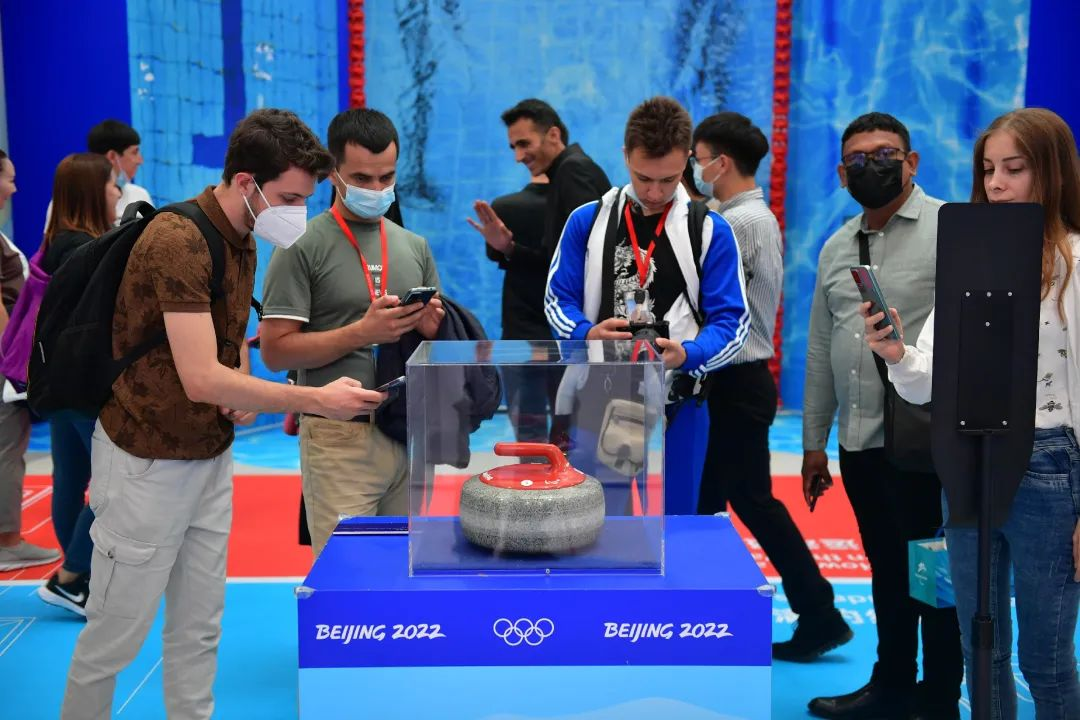
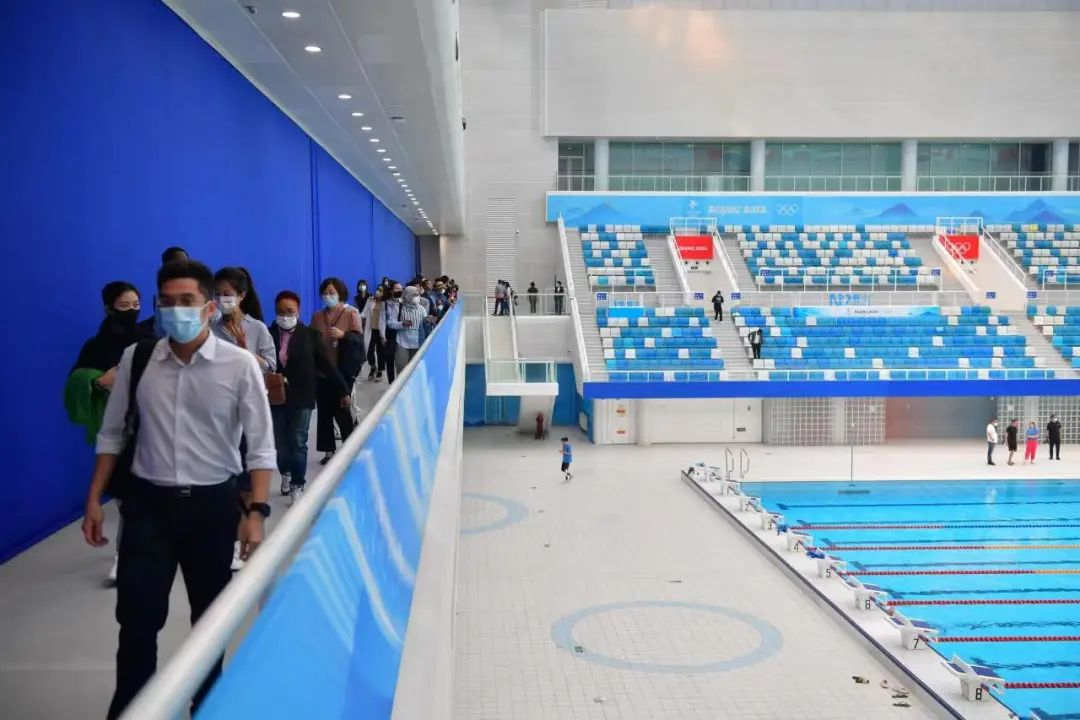
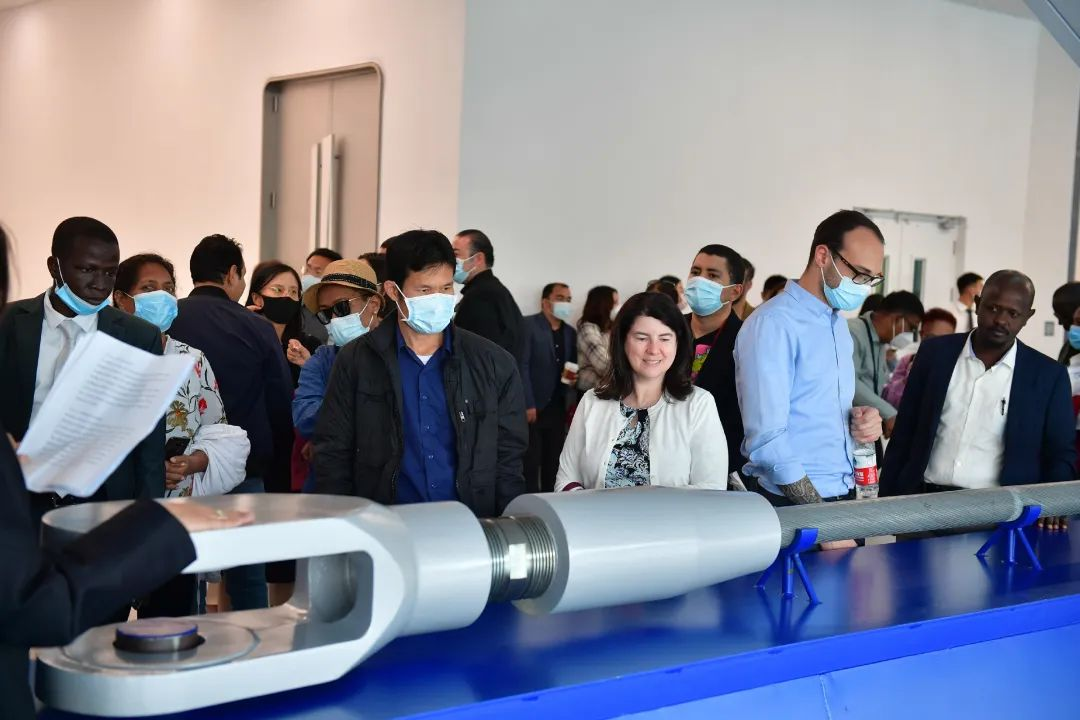
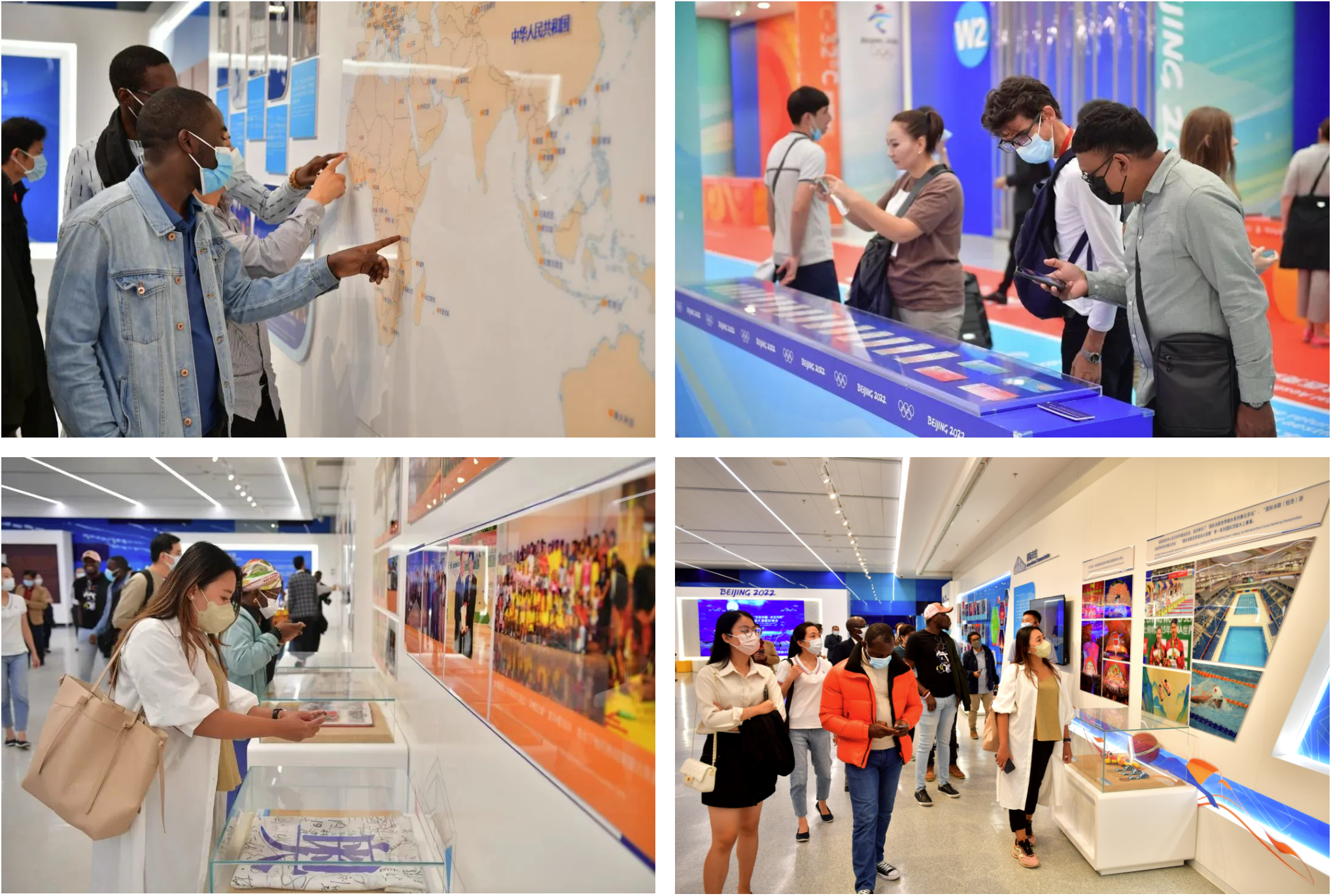
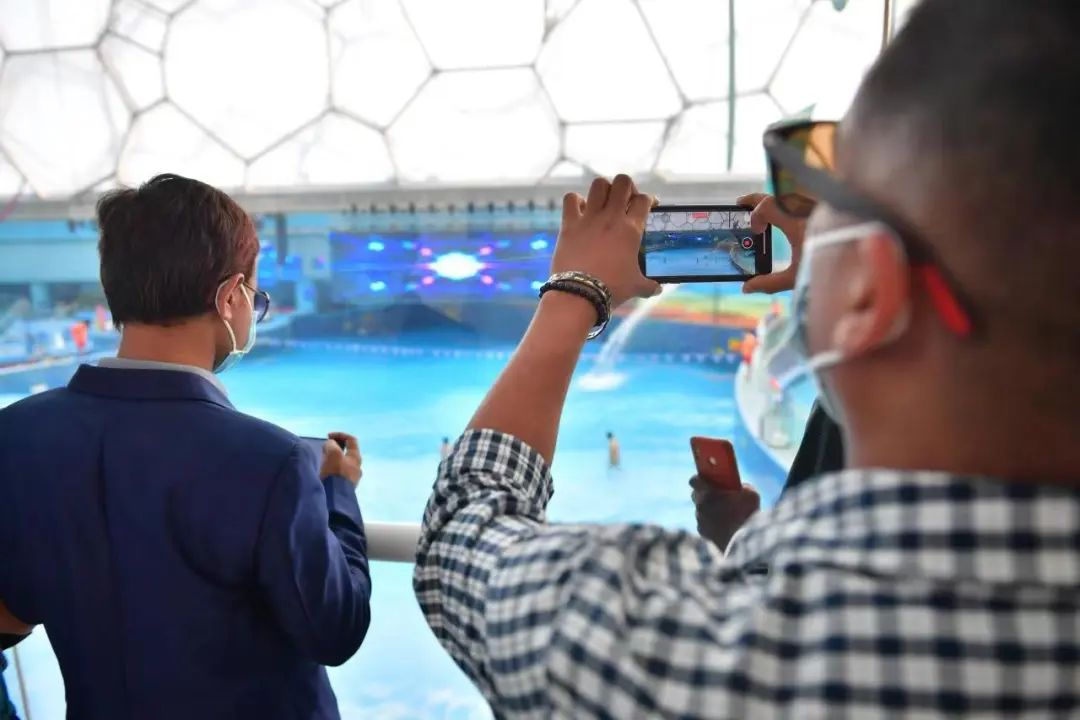
The National Speed Skating Oval, also known as the "Ice Ribbon", is the only newly built ice-sports venue in central Beijing for the 2022 Winter Olympics and Paralympics. Its unique shape, a symbol of speed and passion, has attracted numerous people. Adhering to the concept of comprehensive and low-carbon use, the "Ice Ribbon" has also become a multi-functional ice and snow sports center combining sporting events, popular fitness, cultural leisure, exhibitions, social services and other purposes. Foreign journalists approached the ice surface and had a taste of the atmosphere of the Winter Olympic Games. From time to time, praises such as "Incredible!" "So beautiful!" "Can't imagine this!" could be heard. They got busy with their professional cameras and cell phone in doing long shots, close-ups, selfies, and photo shoots. A twelve-year-old boy practicing speed skating attracted even more attention from those foreign journalists, who interacted and took photos with him. The foreign journalists deeply appreciated that the Winter Olympic venues can provide sports and leisure services for the public after the games.
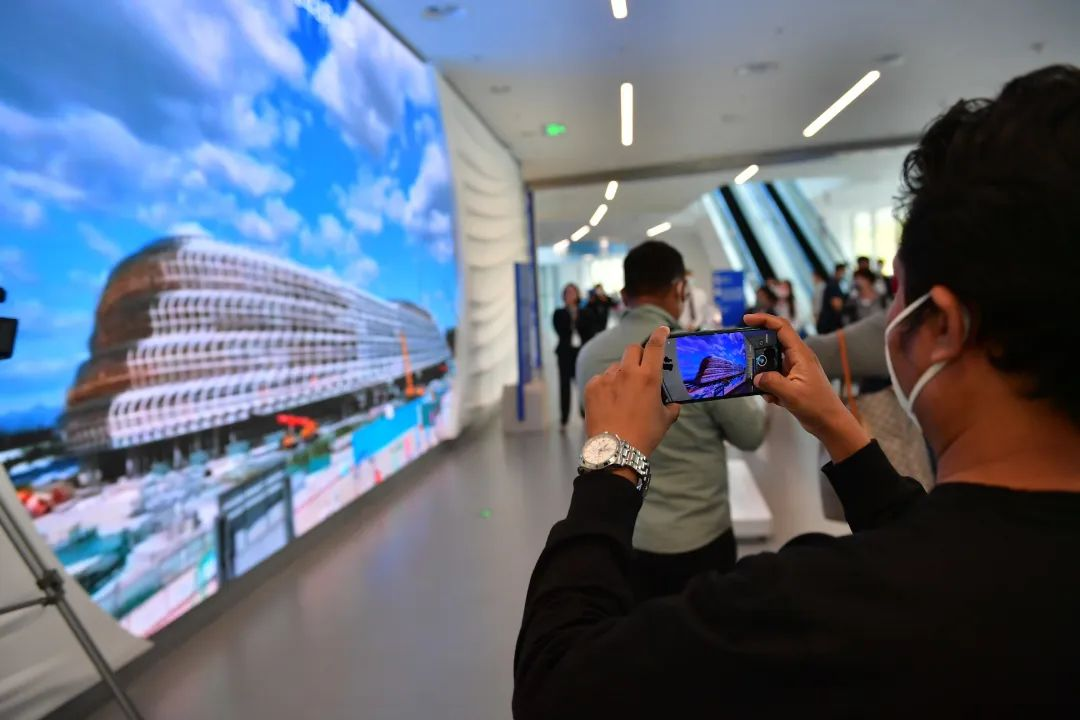
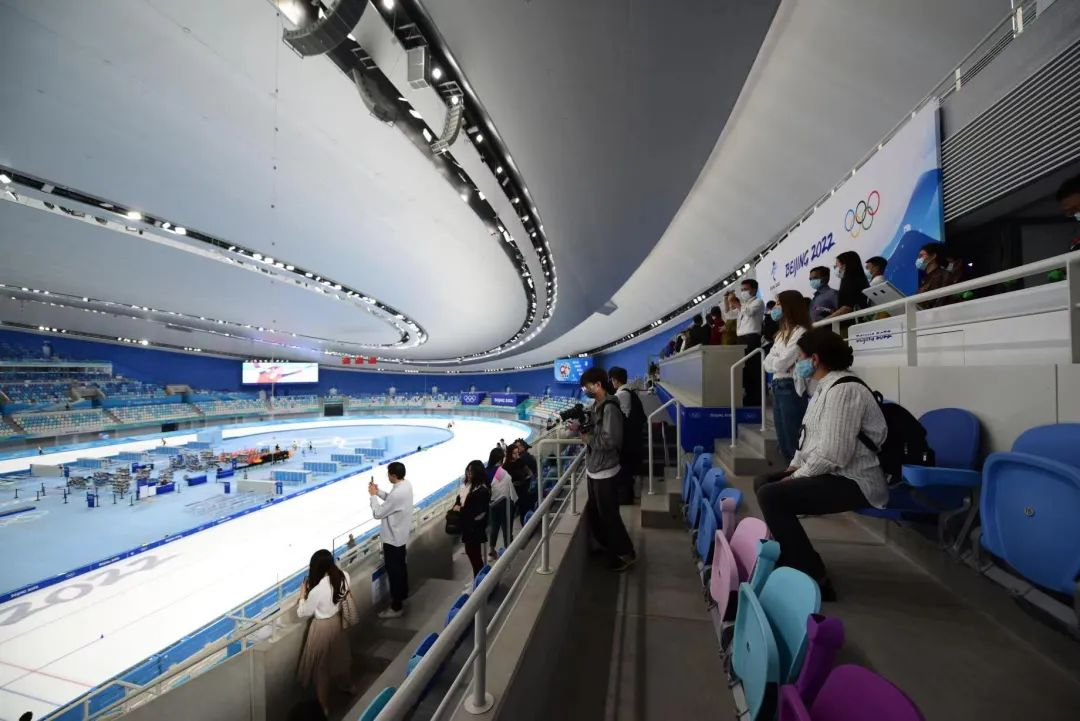

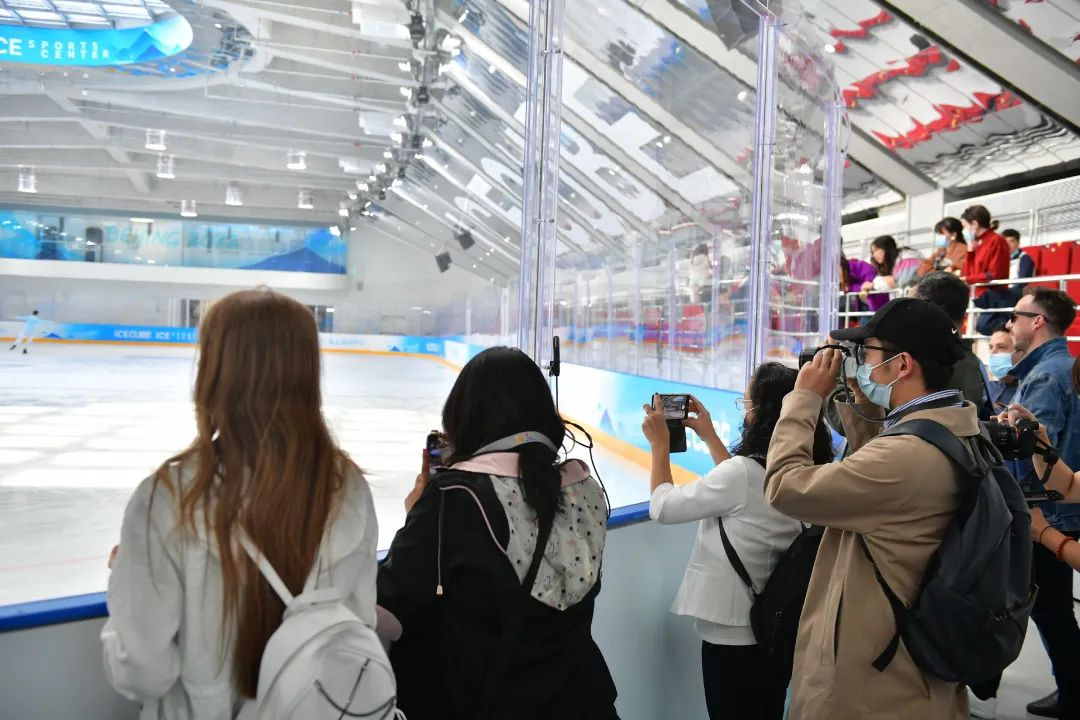
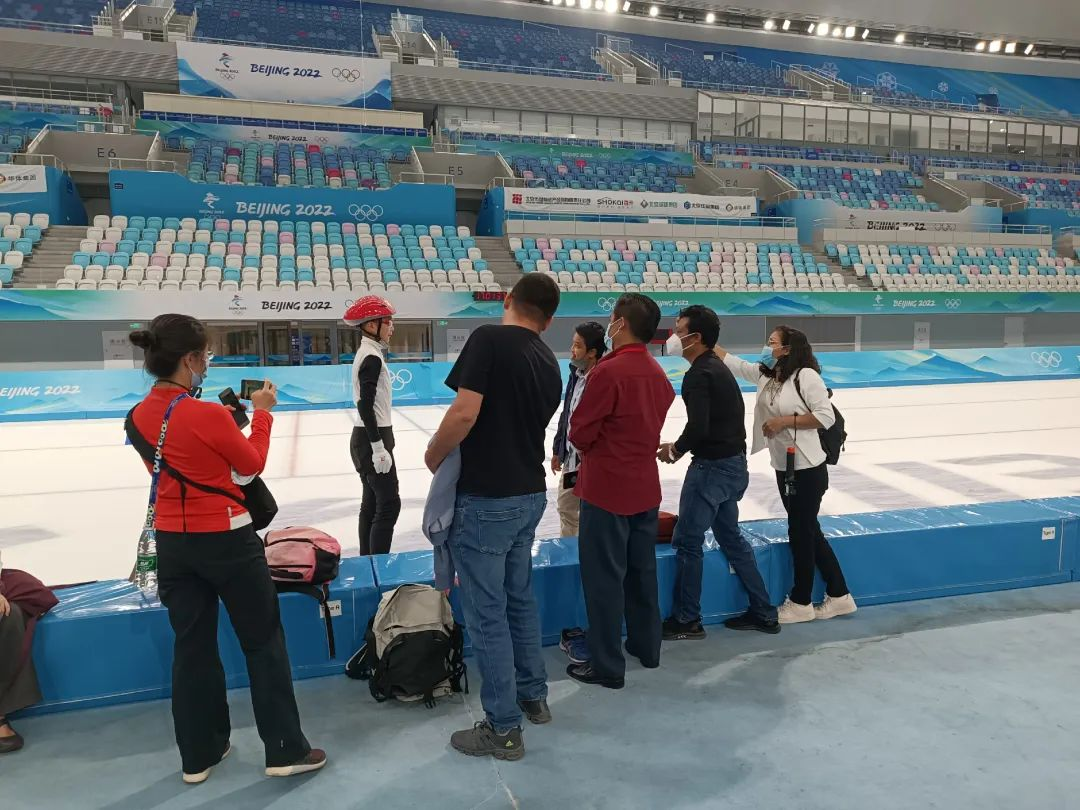
"I was deeply impressed by the sustainable use of the Olympic legacy in Beijing. Not only can such facilities be used after the Olympic Games, but they are also fully equipped and very well managed in terms of operation, and very clean and tidy," said Aamir, a journalist from Pakistan Broadcasting Corporation.
Francisca, a journalist of Mexico's Canal 6 TV, said, "I am amazed by the sustainable use of the Olympic venues. Many Olympic venues in the world are abandoned after the games. However, Beijing has made good use of them and turned them into recreational places for the public. I think this initiative is worth learning."
"The venues are very new and modern, and the designs for people with disabilities are very thoughtful," said Abdoulaye, a journalist with Senegal's The Observer. "This event is a window for me to learn more about Chinese culture and sports. It makes me realize that China has strong capability in designing and building such venues by itself. Africa and China should continue to strengthen the mutually beneficial cooperation."


